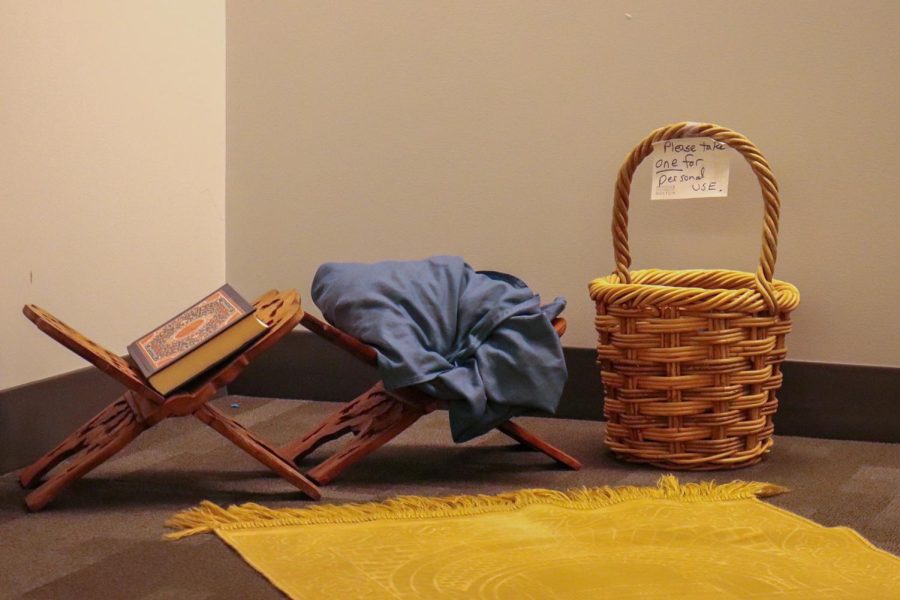Australia’s Great Barrier Reef is suffering its fourth mass bleaching in the last six years, according to the reef’s managers.
Bleaching is caused when water temperatures are warmer than normal. The process of coral bleaching happens when water is too warm, and the corals expel the algae living in their tissues, causing the coral to turn completely white, according to the National Ocean Service.
“It’s going to have terrible effects on the whole ecosystem around Australia, said Suffolk senior Celia Peterson. “The fish in that area depend on that, that makes up so much habitat for a lot of animals. If that all starts to die it could throw off a lot of the biodiversity.”
According to CNN, the warm temperatures come despite La Niña, which is a climate pattern that normally brings cooler temperatures to parts of the Pacific Ocean.
The Great Barrier Reef Marine Park Authority confirmed the mass bleaching and said that this event has lead to severe bleaching.
“Climate change remains the single greatest challenge to the Reef. While the strongest possible global efforts to reduce emissions are essential, it is critically important we continue to deliver the work already being undertaken to enhance the resilience of the reef,” said the GBRMPA.
In a March 2020 statement after the third coral bleaching, the Great Barrier Reef Foundation expressed hope despite the series of bleaching incidents.
“There is still hope,” said the GBRF. “The Reef remains resilient and it is important to remember that bleached corals are not dead.”
In response to the bleaching, the GBRF also detailed a response plan. It consisted of boosting support for the first responders to coral bleaching, helping protect the surviving coral reefs by reducing other stressors and building the resilience of coral reef ecosystems, helping them adapt to changing conditions.
Follow Nick on Twitter: @NFrieburger











